Rare Rides: A Toyota Stout - Japanese Simplicity From 1966

Today we step back in time over 50 years to check out a little beige truck. Imported across the sea, it fell right into the hands of a caring buyer — one who cautiously stepped away from the American pickup truck norm. What we have here is the very beginning of a Japanese manufacturer’s truck offerings in North America; a 66-horsepower genesis moment.
It’s a Toyota Stout, from 1966.
Toyota began making trucks in earnest in 1947 with the Toyopet SB. Based on the SA sedan, the truck swapped the sedan’s tube chassis with a ladder design and a couple of solid axles. An evolution of the SB became the SG in 1952.
Toyota quickly developed a larger truck for consumers, introducing the Toyopet RK 1¼ ton in 1954. It was larger than the sedan-based SG, but more consumer-oriented than the medium duty FA model (which featured dually wheels and a flat cargo bed).
The RK was renamed Stout in 1959, in anticipation of a new (larger) generation for 1960. Between 1960 and 1978, the Stout 1/2 ton found popularity around the globe. Manufactured in Japan, South Africa, and Thailand, North America received Japan-made Stouts (called the Stout 1900 for its 1.9-liter engine) between 1964 and 1969.
Initial sales were slow — customers were not eager to forsake the well-known American pickup for a new imported competitor. In its first year on sale, Toyota shifted four Stouts. Toyota realized the Stout was not the answer for a North American truck, and placed a more modern Hi-Lux in North American showrooms for 1969 (the Hi-Lux name was replaced with Truck for 1976.)
Other markets continued to enjoy their Stouts, and the model would endure into a third generation, remaining in production between 1979 and 1989. The end of the Stout line saw the model denied an official replacement as Toyota continued with the Pickup, Truck, and Hi-Lux.
This well-preserved example is presently for sale on the Greensboro Craigslist site, with an odometer reading of 46,000 miles. The owner is asking $7,000, which seems reasonable for such a hard to find truck in this condition.
[Images via seller]

Interested in lots of cars and their various historical contexts. Started writing articles for TTAC in late 2016, when my first posts were QOTDs. From there I started a few new series like Rare Rides, Buy/Drive/Burn, Abandoned History, and most recently Rare Rides Icons. Operating from a home base in Cincinnati, Ohio, a relative auto journalist dead zone. Many of my articles are prompted by something I'll see on social media that sparks my interest and causes me to research. Finding articles and information from the early days of the internet and beyond that covers the little details lost to time: trim packages, color and wheel choices, interior fabrics. Beyond those, I'm fascinated by automotive industry experiments, both failures and successes. Lately I've taken an interest in AI, and generating "what if" type images for car models long dead. Reincarnating a modern Toyota Paseo, Lincoln Mark IX, or Isuzu Trooper through a text prompt is fun. Fun to post them on Twitter too, and watch people overreact. To that end, the social media I use most is Twitter, @CoreyLewis86. I also contribute pieces for Forbes Wheels and Forbes Home.
More by Corey Lewis
Latest Car Reviews
Read moreLatest Product Reviews
Read moreRecent Comments
- Jkross22 When I think about products that I buy that are of the highest quality or are of great value, I have no idea if they are made as a whole or in parts by unionized employees. As a customer, that's really all I care about. When I think about services I receive from unionized and non-unionized employees, it varies from C- to F levels of service. Will unionizing make the cars better or worse?
- Namesakeone I think it's the age old conundrum: Every company (or industry) wants every other one to pay its workers well; well-paid workers make great customers. But nobody wants to pay their own workers well; that would eat into profits. So instead of what Henry Ford (the first) did over a century ago, we will have a lot of companies copying Nike in the 1980s: third-world employees (with a few highly-paid celebrity athlete endorsers) selling overpriced products to upper-middle-class Americans (with a few urban street youths willing to literally kill for that product), until there are no more upper-middle-class Americans left.
- ToolGuy I was challenged by Tim's incisive opinion, but thankfully Jeff's multiple vanilla truisms have set me straight. Or something. 😉
- ChristianWimmer The body kit modifications ruined it for me.
- ToolGuy "I have my stance -- I won't prejudice the commentariat by sharing it."• Like Tim, I have my opinion and it is perfect and above reproach (as long as I keep it to myself). I would hate to share it with the world and risk having someone critique it. LOL.














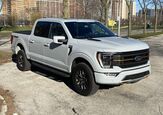





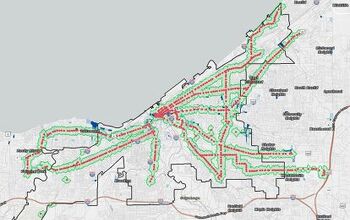
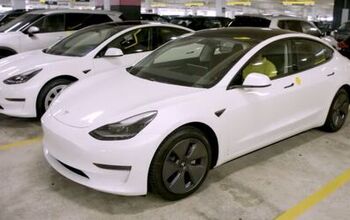
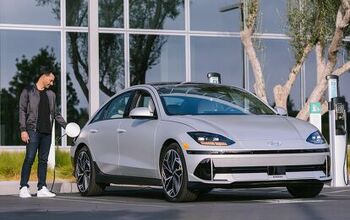
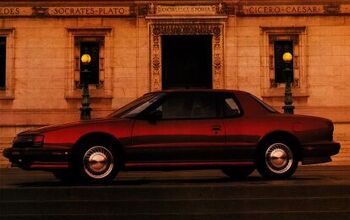
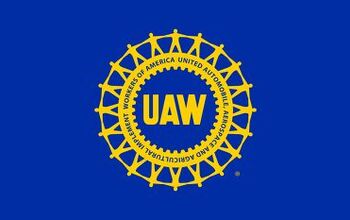
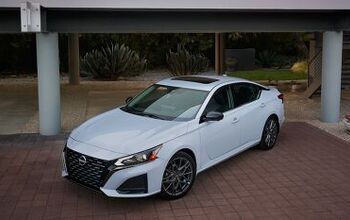
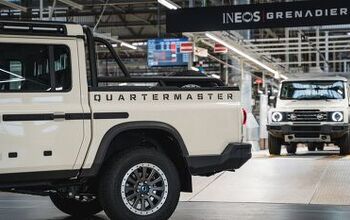
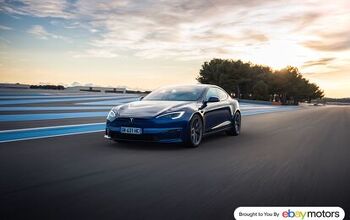
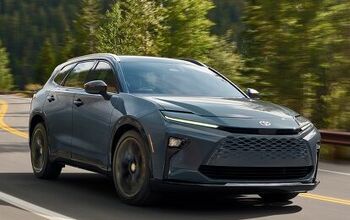

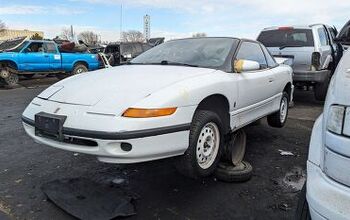
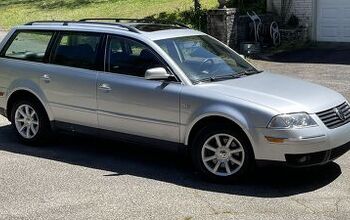
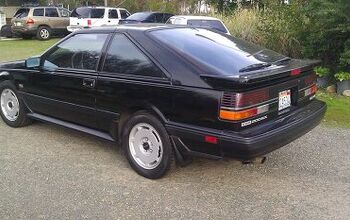

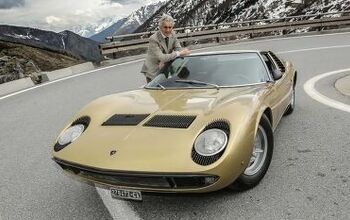

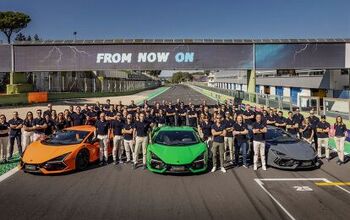
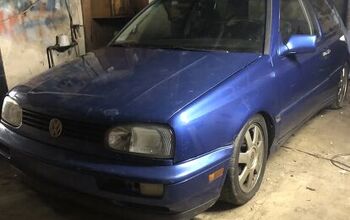
Comments
Join the conversation
Corey: https://seattle.craigslist.org/see/cto/d/vw-doka-transporter-diesel/6302065393.html You're welcome. :)
Whilst researching the Ford Maverick, the Toyota Stout may make a come back. From the proposed design, it looks better than the Maverick in a more aggressive way. Don't know about drivetrain options.